Jenny Y Hsieh
age ~51
from Helotes, TX
- Also known as:
-
- Jennifer Hsieh
- Jenny Hsien
- Jenny Hsich
Jenny Hsieh Phones & Addresses
- Helotes, TX
- Irving, TX
- 5664 Rutgers Rd, La Jolla, CA 92037
- Diamond Bar, CA
- 10432 Caminito Alvarez, San Diego, CA 92126
- Menifee, CA
- Baltimore, MD
Work
-
Company:Grand Valley Real Estate, Inc.
-
Address:7105 Zion Lane, San Gabriel, CA 91775
-
Phones:6265858588 6266882688 6265858568
Images
Specialities
Buyer's Agent • Listing Agent
Name / Title
Company / Classification
Phones & Addresses
President
K F Financial Inc
Mortgage Broker
Mortgage Broker
7105 Zion Ln, San Gabriel, CA 91775
6265858588
6265858588
President
KF FINANCIAL, INC
7105 Zion Ln, San Gabriel, CA 91775
Attorney
Dwyer Daly Brotzen & Bruno
Law Practice · Law Office
Law Practice · Law Office
550 S Hope St #1900, Los Angeles, CA 90071
2136279300
2136279300
President
JBET TRADING INC
2477 Huntington Dr, San Marino, CA 91108
President
JUST CABINETRY INC
7105 Zion Ln, San Gabriel, CA 91775
President
JBE LENDING
7105 Zion Ln, San Gabriel, CA 91775
Us Patents
-
Isoxazole Amides, Derivatives And Methods Of Chemical Induction Of Neurogenesis
view source -
US Patent:8193225, Jun 5, 2012
-
Filed:Oct 12, 2007
-
Appl. No.:11/974479
-
Inventors:Jay Schneider - Coppell TX, US
Jenny Hsieh - Irving TX, US
Douglas Frantz - Flower Mound TX, US
Steven L. McKnight - Dallas TX, US
Joseph M. Ready - Carrollton TX, US -
Assignee:The Board of Regents of the University of Texas System - Austin TX
-
International Classification:A61K 31/422
C07D 261/18 -
US Classification:514378, 548248
-
Abstract:The present invention relates to compounds and methods for inducing neuronal differentiation in normal neural stem cells and brain cancer stem cells. The compounds are isoxazole amides and derivatives thereof. The methods may take place in vitro, such as in isolates from the adult mammalian brain, or in vivo. Compounds and methods described herein may find use in the treatment of neurodegenerative and psychiatric diseases, the repair and regeneration of the nervous system, and in treatment of neurologic malignancy.
-
Stem Cell Differentiating Agents And Uses Therefor
view source -
US Patent:8318951, Nov 27, 2012
-
Filed:May 26, 2011
-
Appl. No.:13/116574
-
Inventors:Eric N. Olson - Dallas TX, US
Douglas Frantz - Boerne TX, US
Jenny Hsieh - Irving TX, US
Steven L. McKnight - Dallas TX, US
Jay Schneider - Coppell TX, US -
Assignee:The Board of Regents of the University of Texas System - Austin TX
-
International Classification:C07D 405/14
C07D 413/04
A61K 31/4155
A61K 31/422
A61P 29/00
C12N 5/0775
C12N 5/0797 -
US Classification:5483657, 514378, 514406, 548248
-
Abstract:The present invention relates to screens for compounds that can induce stem cell differentiation. In addition, isoxazoles and sulfonyl hydrazones are identified as general classes of compounds that can induce differentiation of stem cells into cells of neuronal and cardiac fate, respectively.
-
Stem Cell Differentiating Agents And Uses Therefor
view source -
US Patent:20090076103, Mar 19, 2009
-
Filed:Jul 31, 2008
-
Appl. No.:12/183884
-
Inventors:Eric Olson - Dallas TX, US
Douglas Frantz - Flower Mound TX, US
Jenny Hsieh - Irving TX, US
Steven L. McKnight - Dallas TX, US
Jay Schneider - Coppell TX, US -
International Classification:A61K 31/18
C12N 5/06
C12Q 1/66
C12Q 1/68
A01K 67/027
C07C 311/15
A61P 35/00
C07D 413/04
C07D 405/06
C07D 409/06
A61K 31/422
A61K 31/4155 -
US Classification:514378, 435377, 435 8, 435 6, 435325, 800 13, 800 18, 435354, 564 92, 548248, 5483657, 514406, 514604
-
Abstract:The present invention relates to screens for compounds that can induce stem cell differentiation. In addition, isoxazoles and sulfonyl hydrazones are identified as general classes of compounds that can induce differentiation of stem cells into cells of neuronal and cardiac fate, respectively.
-
Chemical Inducers Of Neurogenesis
view source -
US Patent:20130143885, Jun 6, 2013
-
Filed:Jun 4, 2012
-
Appl. No.:13/487963
-
Inventors:Jay Schneider - Coppell TX, US
Jenny Hsieh - Irving TX, US
Douglas Frantz - Flower Mound TX, US
Steven L. McKnight - Dallas TX, US
Joseph M. Ready - Carrollton TX, US -
Assignee:The Board of Regents of the University of Texas System - Austin TX
-
International Classification:C07D 413/04
A61K 31/5377
C07D 417/04
C07D 403/14
A61K 31/496
C07D 413/14 -
US Classification:5142368, 514378, 514340, 51425404, 514365
-
Abstract:The present invention relates to compounds and methods for inducing neuronal differentiation in normal neural stem cells and brain cancer stem cells. The methods may take place in vitro, such as in isolates from the adult mammalian brain, or in vivo. Compounds and methods described herein may find use in the treatment of neurodegenerative and psychiatric diseases, the repair and regeneration of the nervous system, and in treatment of neurologic malignancy.
-
Stem Cell Differentiating Agents And Uses Therefor
view source -
US Patent:20130143935, Jun 6, 2013
-
Filed:Nov 12, 2012
-
Appl. No.:13/674710
-
Inventors:The Board of Regents of the University of Texas - Austin TX, US
Douglas FRANTZ - Boerne TX, US
Jenny HSIEH - Irving TX, US
Steven L. MCKNIGHT - Dallas TX, US
Jay SCHNEIDER - Coppell TX, US -
Assignee:The Board of Regents of the University of Texas System - Austin TX
-
International Classification:C07D 413/04
C12N 5/071 -
US Classification:514378, 435377
-
Abstract:The present invention relates to screens for compounds that can induce stem cell differentiation. In addition, isoxazoles and sulfonyl hydrazones are identified as general classes of compounds that can induce differentiation of stem cells into cells of neuronal and cardiac fate, respectively.
-
Chemical Inducers Of Neurogenesis
view source -
US Patent:20140364467, Dec 11, 2014
-
Filed:Jun 20, 2014
-
Appl. No.:14/310619
-
Inventors:- Austin TX, US
Jenny Hsieh - Irving TX, US
Douglas Frantz - Flower Mound TX, US
Steven L. McKnight - Dallas TX, US
Joseph M. Ready - Carrollton TX, US -
Assignee:The Board of Regents of the University of Texas System - Austin TX
-
International Classification:C07D 413/04
C12N 5/079
C07D 261/18 -
US Classification:514378, 435377
-
Abstract:The present invention relates to compounds and methods for inducing neuronal differentiation in normal neural stem cells and brain cancer stem cells. The methods may take place in vitro, such as in isolates from the adult mammalian brain, or in vivo. Compounds and methods described herein may find use in the treatment of neurodegenerative and psychiatric diseases, the repair and regeneration of the nervous system, and in treatment of neurologic malignancy.
Resumes

Jenny Hsieh
view sourceReal Estate Brokers
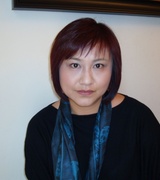
Jenny Hsieh, San Gabriel CA Broker
view sourceSpecialties:
Buyer's Agent
Listing Agent
Listing Agent
Work:
Grand Valley Real Estate, Inc.
7105 Zion Lane, San Gabriel, CA 91775
6265858588 (Office), 6266882688 (Cell), 6265858568 (Fax)
7105 Zion Lane, San Gabriel, CA 91775
6265858588 (Office), 6266882688 (Cell), 6265858568 (Fax)
Experience:
14 years
Links:
Site
Facebook

Jenny Hsieh, Las Vegas Las Vegas Agent
view sourceWork:
Realty One Group
7023485599 (Phone)
7023485599 (Phone)
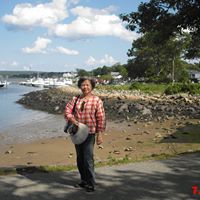
Jenny Hsieh
view source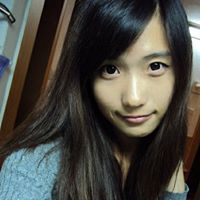
Jenny Hsieh
view source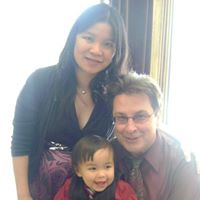
Jenny Hsieh
view source
Jennifer Hsieh
view source
Jenny Hsieh
view source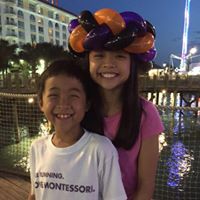
Jenny Hsieh Yu
view source
Jenny Hsieh
view source
Jenny Hsieh
view sourceNews

UTSA researchers uncover evidence that COVID-19 virus could enter human brain
view source- Jenny Hsieh, a professor in the Department of Biology at UTSA, led the research to test the teams questions. She said researchers took human stem cells and created brain organoids, or tiny brains, in a lab.
- Date: Feb 25, 2021
- Category: More news
- Source: Google
Myspace
Youtube
Googleplus
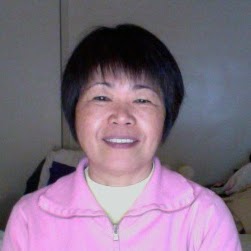
Jenny Hsieh
Work:
Jenny - Accounting (1980)
Astro Corporation - Accouting (1980)
Astro Corporation - Assisitent
Astro Corporation - Accouting (1980)
Astro Corporation - Assisitent
Education:
Pasadena City College - Accounting
Relationship:
Married
About:
I am a nice lady to communicate with people.
Bragging Rights:
Have two kids.

Jenny Hsieh

Jenny Hsieh

Jenny Hsieh
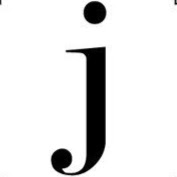
Jenny Hsieh
Tagline:
You are only as respectable as you are respectful
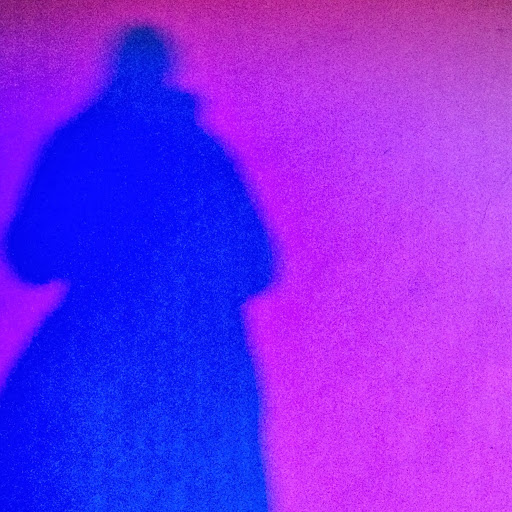
Jenny Hsieh

Jenny Hsieh
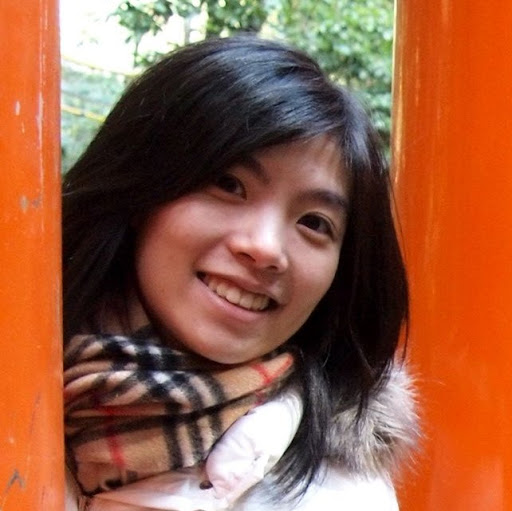
Jenny Hsieh
Flickr
Get Report for Jenny Y Hsieh from Helotes, TX, age ~51









